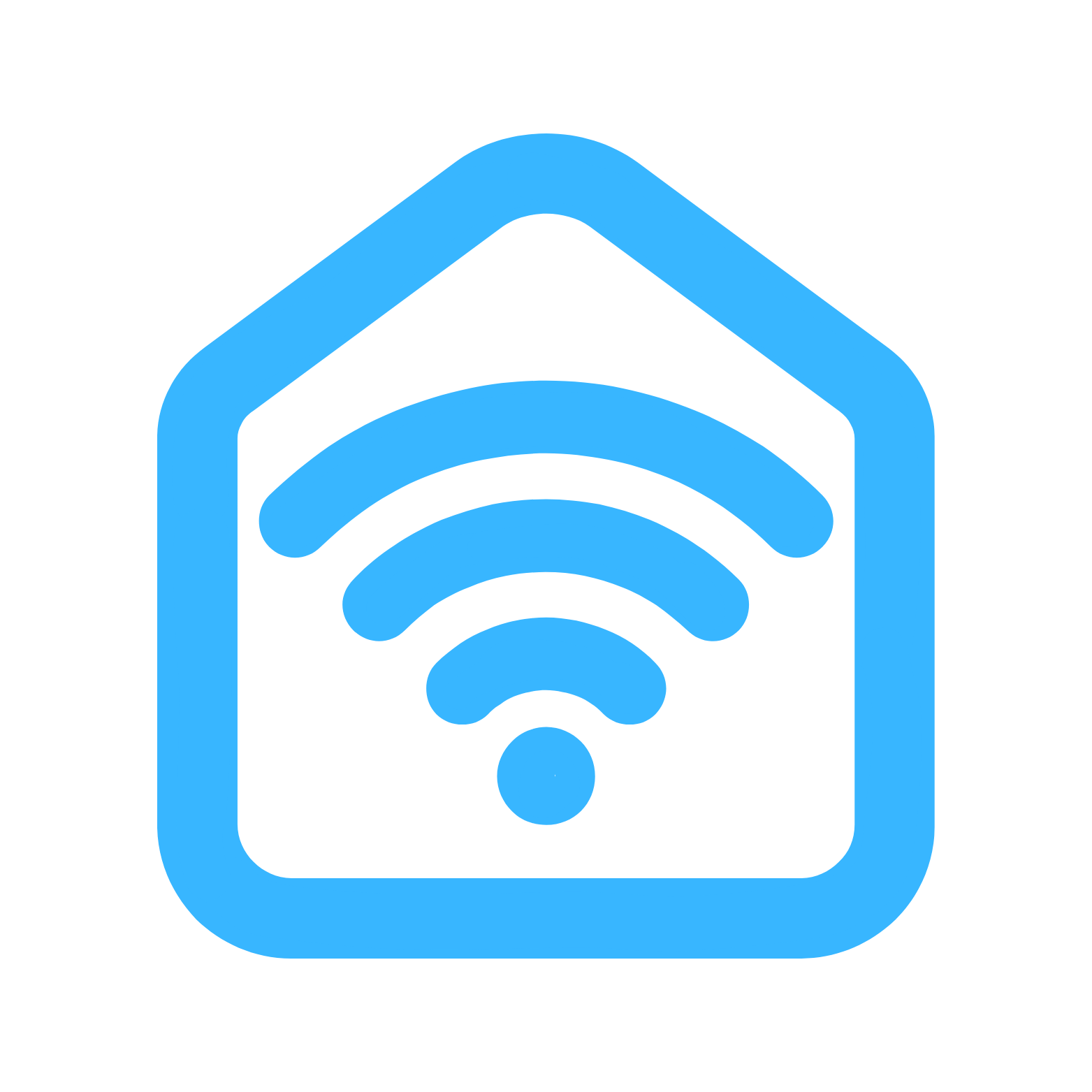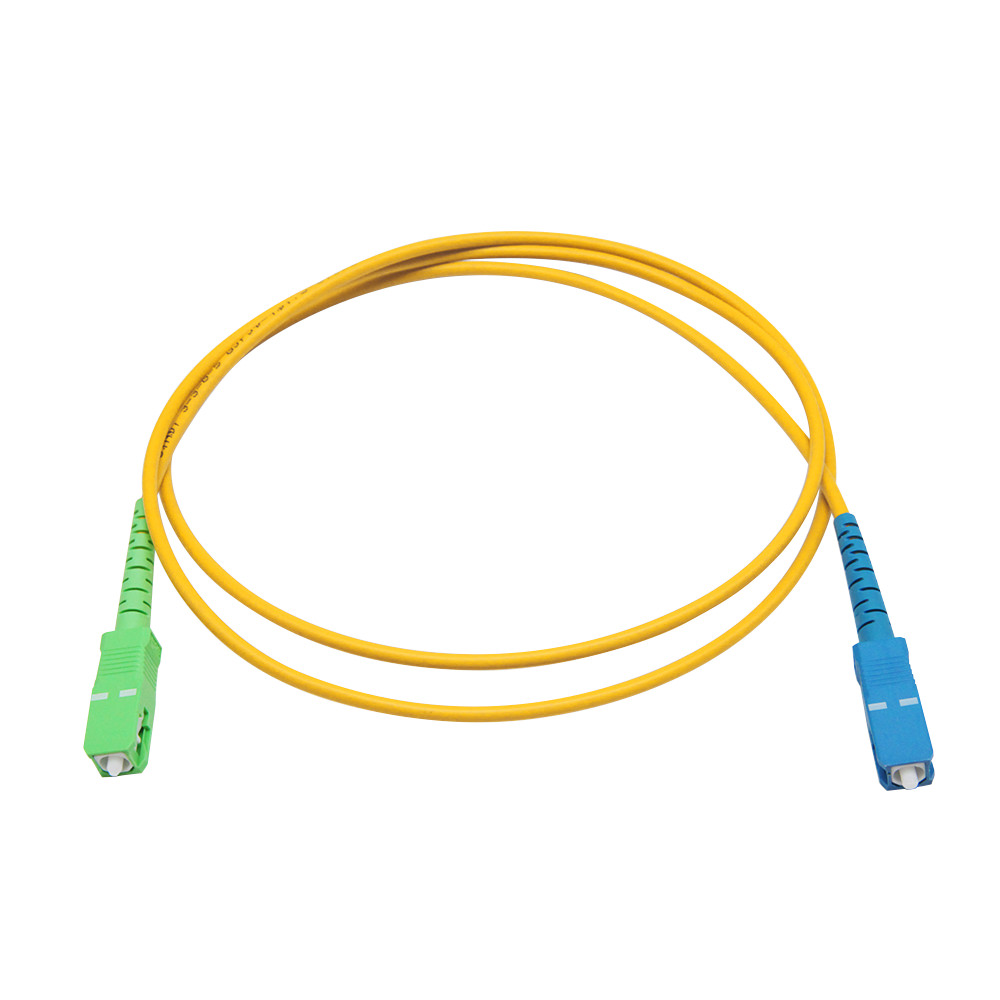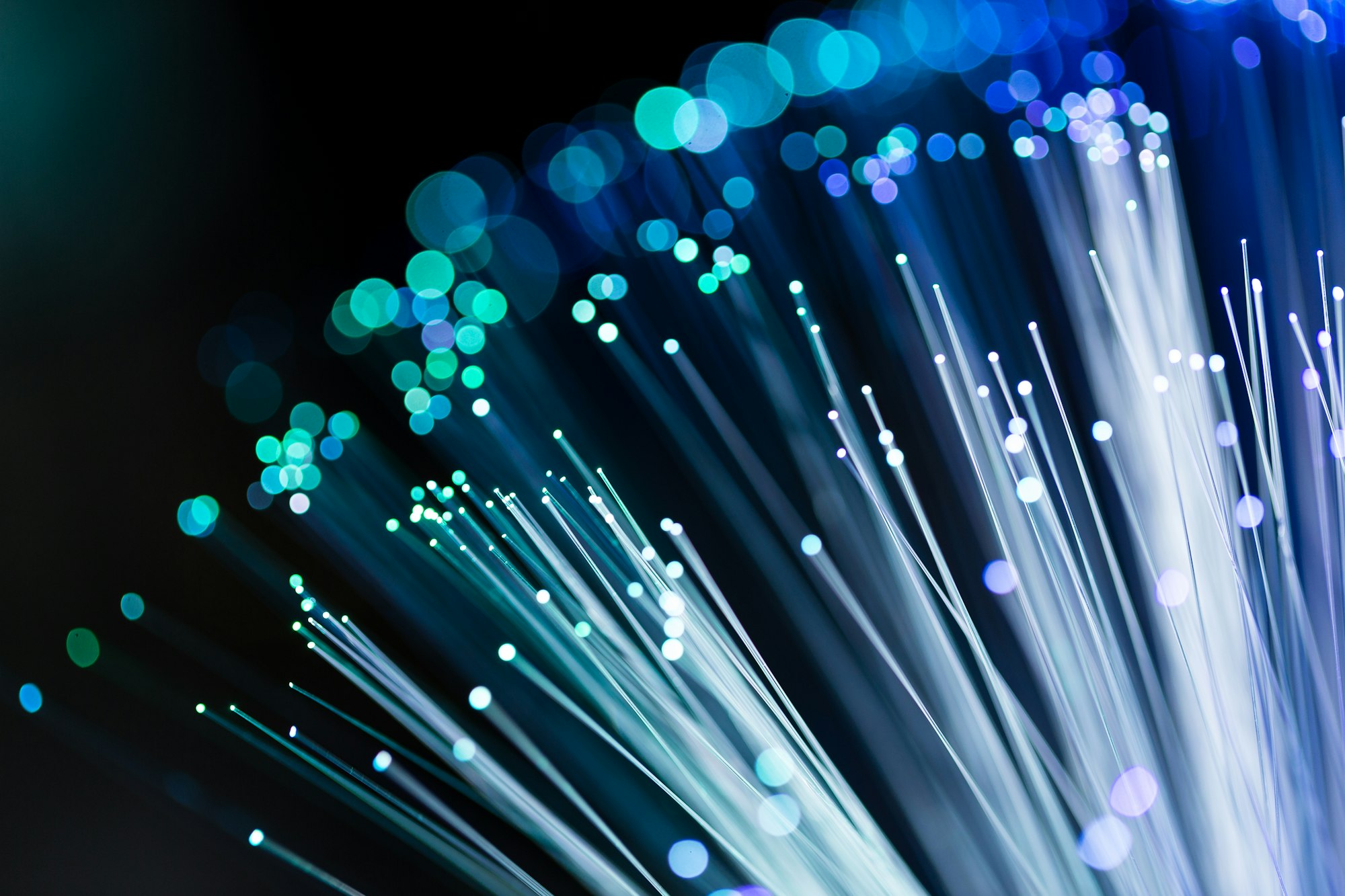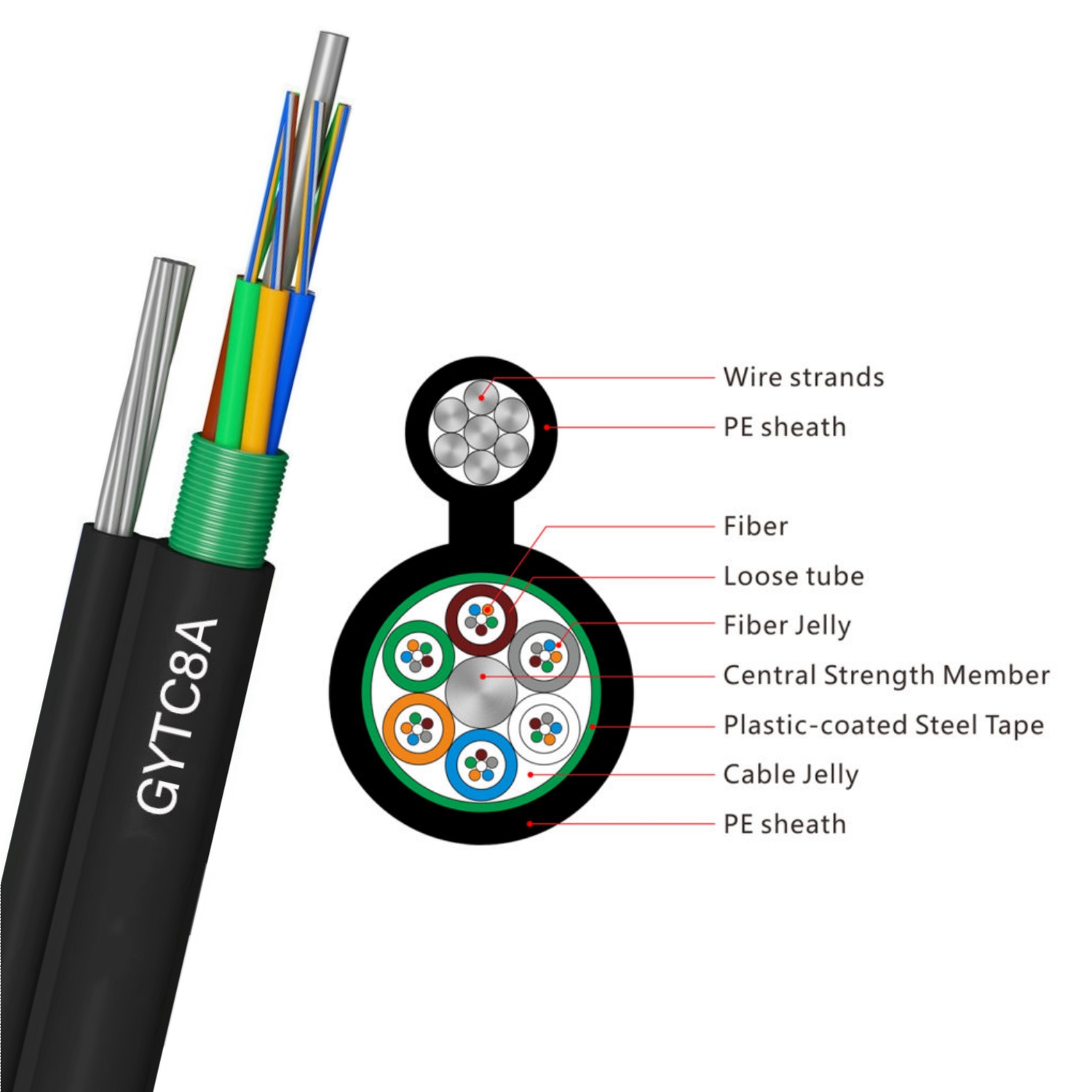Introduction:
Mode conditioning patch cords are indispensable components in modern network setups, particularly in fiber optic systems. These cords play a critical role in resolving compatibility issues between single-mode and multimode fibers, ensuring smooth and efficient data transmission across networks of varying complexities.
Understanding Mode Conditioning Patch Cord
The crux of the matter lies in the compatibility between different types of fibers within a network. When single-mode and Multimode fibers are integrated, discrepancies in the way light signals propagator can lead to signal degradation, causing issues like modal dispersion. Mode conditioning patch cords step in to address these challenges by conditioning the light signal, effectively reducing modal dispersion, and optimizing the quality of transmitting data.
Applications and Benefits
The applications of mode conditioning patch cords are vast and varied, but they shine brightest in Gigabit Ethernet networks. Here, they prove their mettle, especially when long-reach multimode fibers and single-mode fibers coexist. By fine-tuning the light signal, these cords ensure that data travels smoothly across the network, minimizing errors and maximizing efficiency. This optimization translates into tangible benefits for network operators, including improved network performance, reduced downtime, and enhanced user experience.
Compatibility and Installation
One of the key advantages of mode conditioning patch cords lies in their versatility and ease of installation. These cords are compatible with a wide range of fiber optic connectors, including LC, SC, and ST, making them suitable for various network configurations. Installing them is a straightforward process, typically involving connecting them between single-mode transmitters and multimode receivers. Once in place, they immediately begin optimizing the light signal, ensuring reliable data transmission across the network.
Superior Performance
Compared to standard patch cords, mode conditioning patch cords offer superior performance in terms of signal integrity and network stability. Their ability to mitigate compatibility issues and reduce signal degradation sets them apart, making them an essential component in modern fiber optic networks. By ensuring that data travels smoothly across the network, these cords contribute to the overall efficiency and reliability of the network infrastructure.
Conclusion: In conclusion, mode conditioning patch cords are vital assets in the arsenal of network operators, enabling them to overcome compatibility challenges and optimize the performance of fiber optic networks. As the demand for high-speed data transmission continues to grow, these cords will play an increasingly crucial role in ensuring smooth and efficient connectivity across networks of all sizes and complexities.



